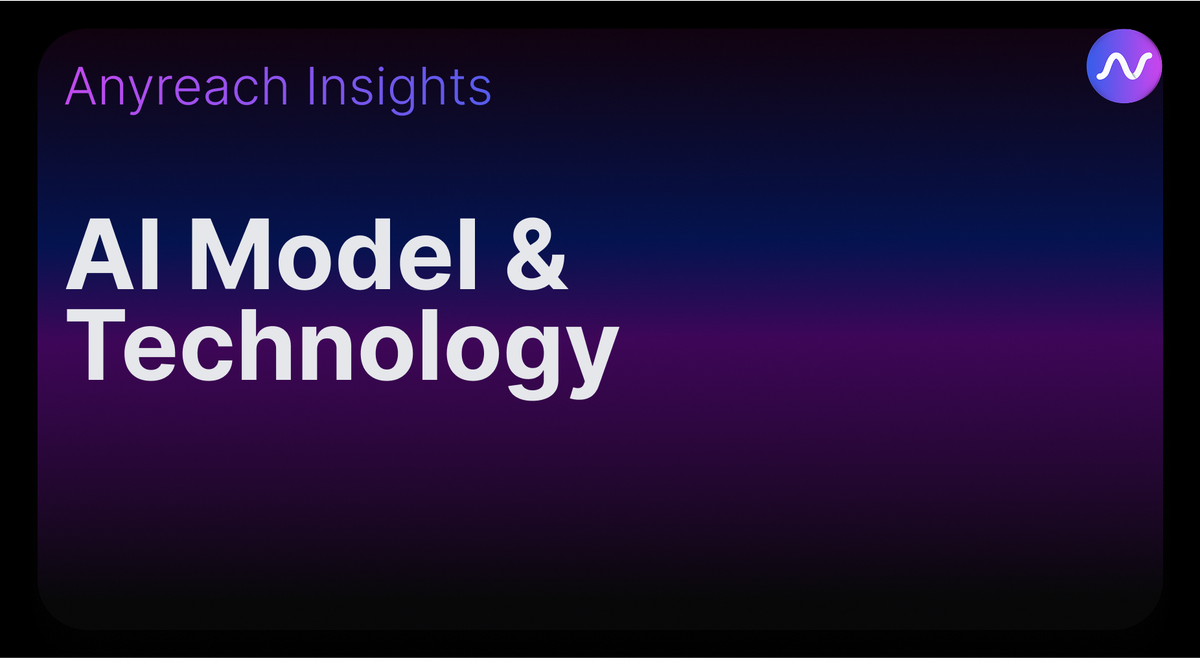Teach Your LLM to Talk: Synthetic Call Data Beats Jumbo Prompts for Phone Agents

TL;DR: If you care about tone, latency, and cost, don’t keep stuffing GPT-4o with giant prompts. Fine-tune a small model on synthetic call-style Q&A once, then ship it. A 1B Llama hit ~97% “conversational” answers vs. GPT-4o’s ~29% with prompting alone. The paper https://arxiv.org/pdf/2507.04889 shows why—and where it still falls short (multi-turn).
📌 The Problem We All Hit
You build a voice agent. It sounds… like a PDF. You paste a novella-sized system prompt begging for “friendly, empathetic, concise” answers. Sometimes it works. Often it doesn’t. And every request costs time and money.
The paper linked above offers a better path: generate synthetic, chatty Q&A data and fine-tune a small model to internalize that style. Once trained, the model answers in that voice almost every time—no prompt acrobatics required.
📌 Why This Works (and Prompting Doesn’t)
1. Style ≠ Knowledge
The authors judge success with Flesch Reading-Ease ≥ 60: a readability score about how something is said, not what it says. A 1B-parameter Llama, explicitly fine-tuned on thousands of breezy Q&A pairs, “absorbs” that tone and reproduces it ~97% of the time. A much larger GPT-4o, even with clever prompts, defaults back to textbook prose—passing only ~29% of the time.
2. Prompting Has Hard Ceilings
Long, example-heavy prompts:
- Drift: order-sensitive, brittle, prone to ignoring later instructions.
- Cost: every extra token is latency and money.
- Maintenance hell: changing tone means rewriting that monster block.
Fine-tuning collapses all those instructions into weights, shrinking your runtime prompt to a one-liner.
3. Synthetic Data Is an Offline Teacher
Use a bigger model (e.g., Gemini-Flash) once to spit out style-consistent Q&A. Train your tiny model on this set. After that, the small model flies solo—no API toll per turn. One burst of training compute yields thousands of cheap, fast inferences.
4. Narrow Objective → Small > Big (Sometimes)
If the objective is “sound friendly on calls,” excess parameters don’t help unless they’re optimized for that target. Fine-tune the big guy and it also hits ≳97%, but the key is specialization.
5. Deployment Reality
A 1B Llama fits on an edge GPU—or even a CPU with 8-bit quantization. The paper notes int8 checkpoints converged faster and ran cheaper than bfloat16. For voice agents, that cost/latency win outweighs bragging rights about model size.
📌 “Can’t I Just Use GPT-4o with Prompts?”
Sure. But you’re choosing this trade-off:

If you need strict stylistic compliance, low latency, and budget control, a small specialist is simply the better engineering move.
📌 The Catch: Multi-Turn Is Still an Open Problem
The study scores single-turn answers. It never tests full dialogues with carry-over, corrections, or persona consistency.
What the Paper Explicitly Shows

What’s Missing
- Pronoun resolution, ellipsis (“that one”), follow-ups.
- Dialogue-level coherence, persona stability over many turns.
- Robustness to long histories or user corrections.
📌 If You Need Multi-Turn Reliability
- Synthesize multi-turn dialogues (slot filling, backtracking, interruptions).
- Add conversation-level metrics: success rates, context retention, human prefs.
- Fine-tune / evaluate on those dialogues or run a second evaluation phase.
Until then, the paper shows a small model can give one friendly answer—not that it can hold a full phone call flawlessly.
📌 How to Try This Yourself
1. Define the style.
Write 20–50 seed Q&A pairs in the exact voice you want (empathetic, concise, on-brand). Include edge cases.
2. Scale it synthetically.
Use a stronger LLM to generate thousands more, conditioned on your seeds. Vary intents and phrasings.
3. Clean & filter.
Enforce readability (e.g., Flesch), remove hallucinated facts, and ensure safety guidelines.
4. Fine-tune the small model.
Train on your synthetic set. Experiment with int8 quantization for speed and cost.
5. Evaluate rigorously.
- Per-turn: readability, cosine similarity to target style.
- Multi-turn: dialogue tasks, human evals, retention tests.
6. Deploy and monitor.
Log “tone failures” in prod and periodically retrain with new synthetic (or real) samples.
📌 Takeaways
- Prompting is renting behavior; fine-tuning is owning it.
- Synthetic data is cheap leverage—use it offline once, reap inference gains forever.
- Small models excel at narrow goals. Don’t overpay for excess generality.
- Multi-turn competence still needs work. Build and measure dialogue-level datasets if that matters.
Curious about adapting this to your domain (support, sales, healthcare triage)? Drop the context and style specs, and I’ll sketch a data-gen + eval pipeline for you.
Want a version of this post for LinkedIn or an internal pitch deck? Just say the word.


![[AI Digest] Access Blocked Today](/content/images/size/w600/2025/07/Daily-AI-Digest.png)